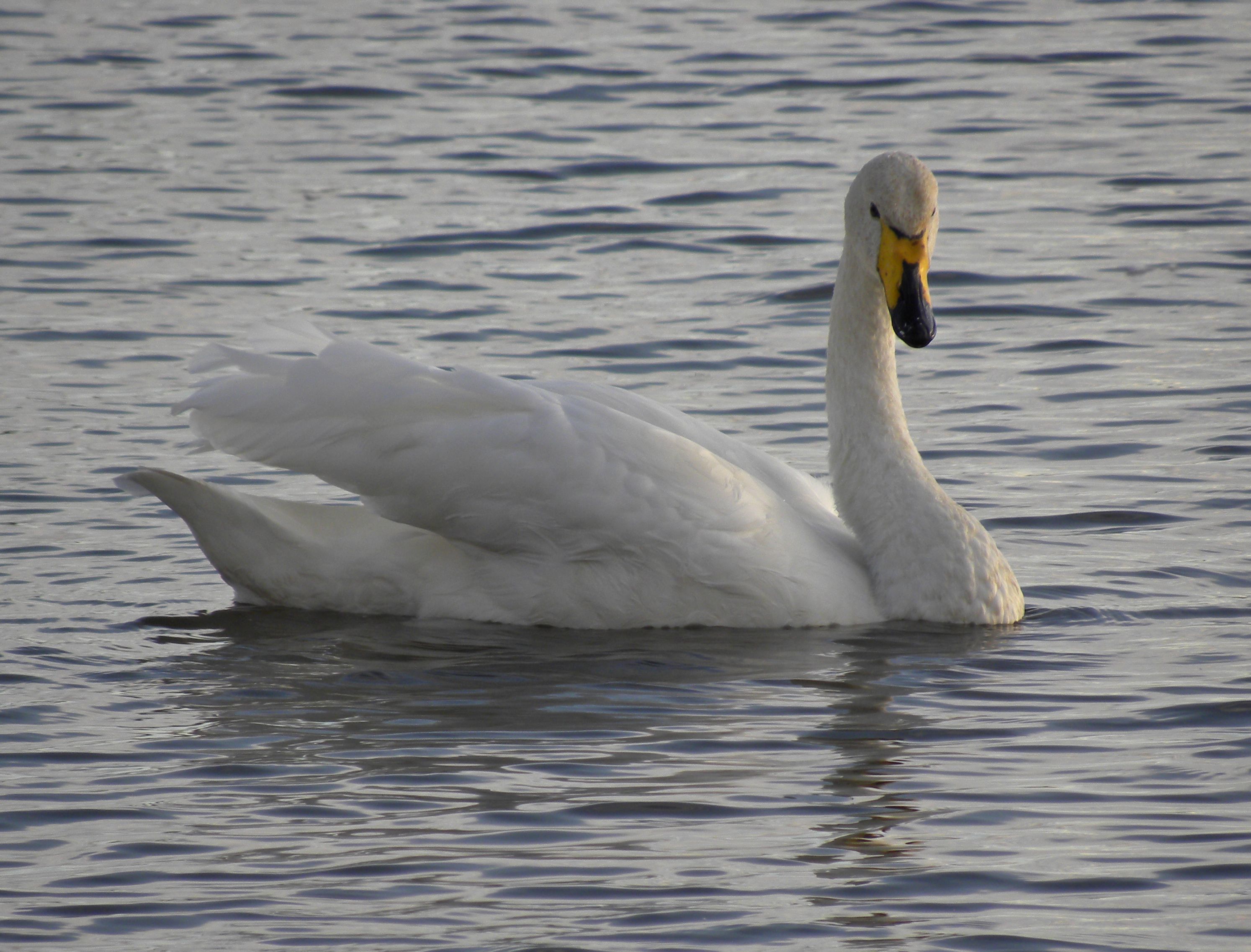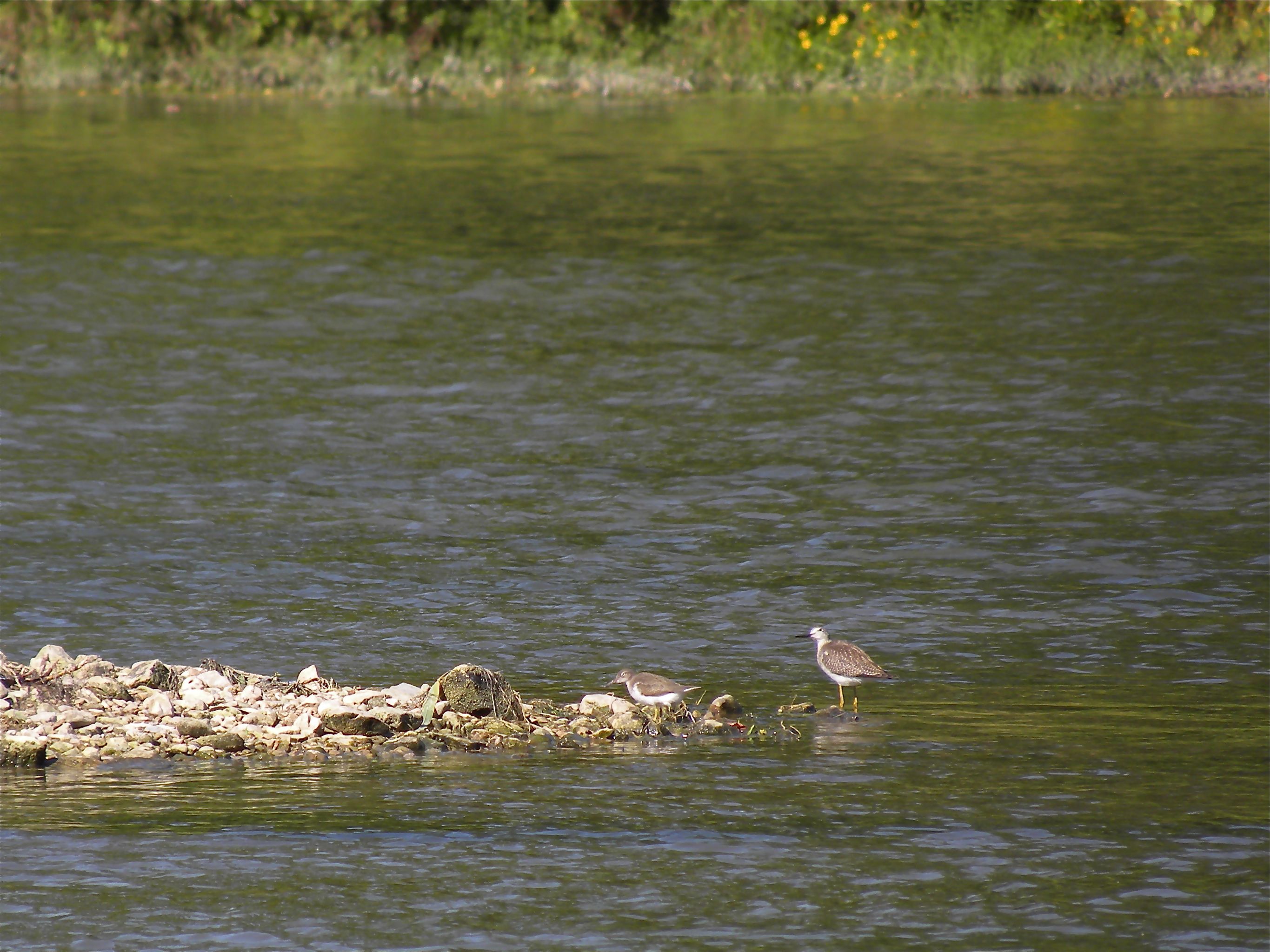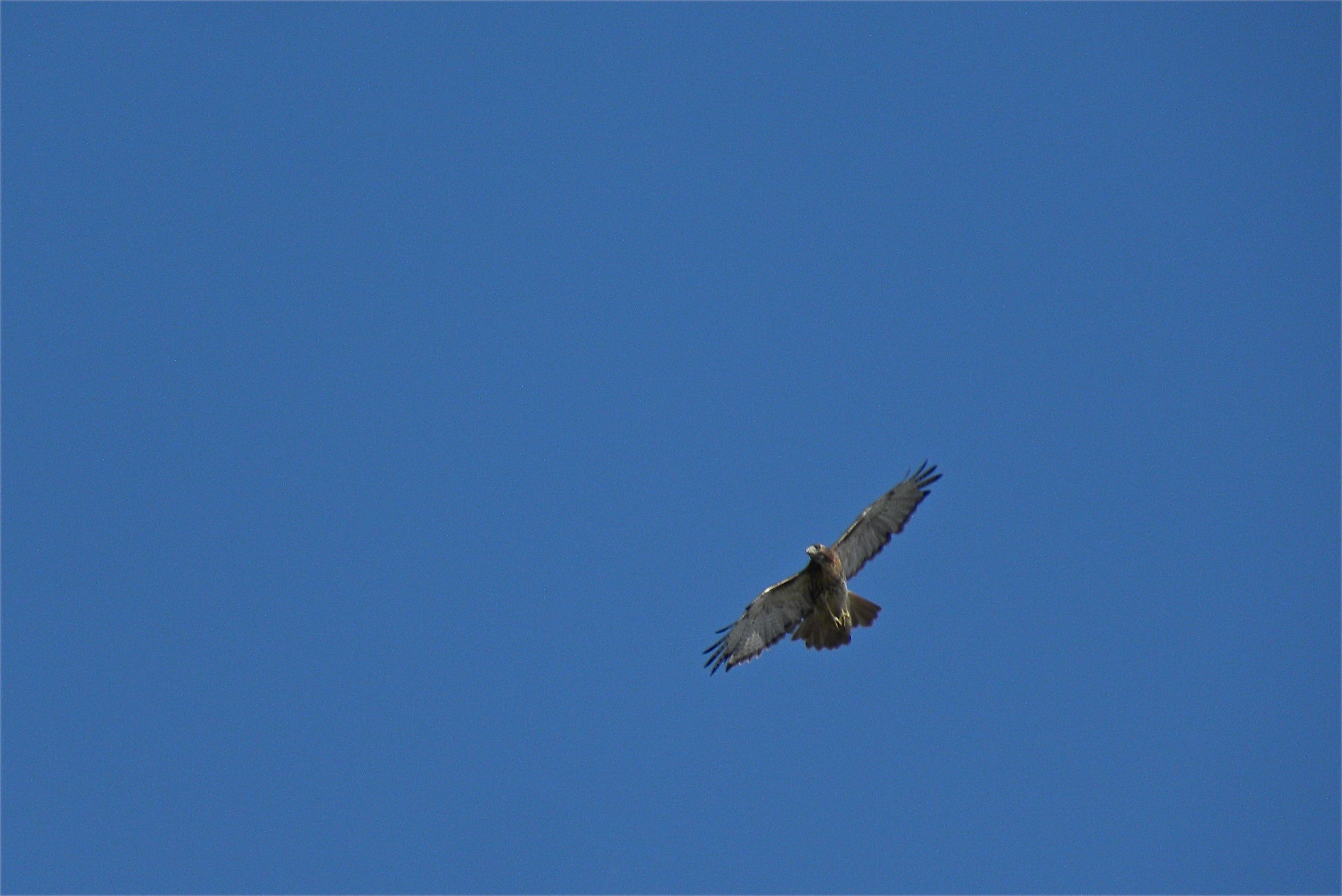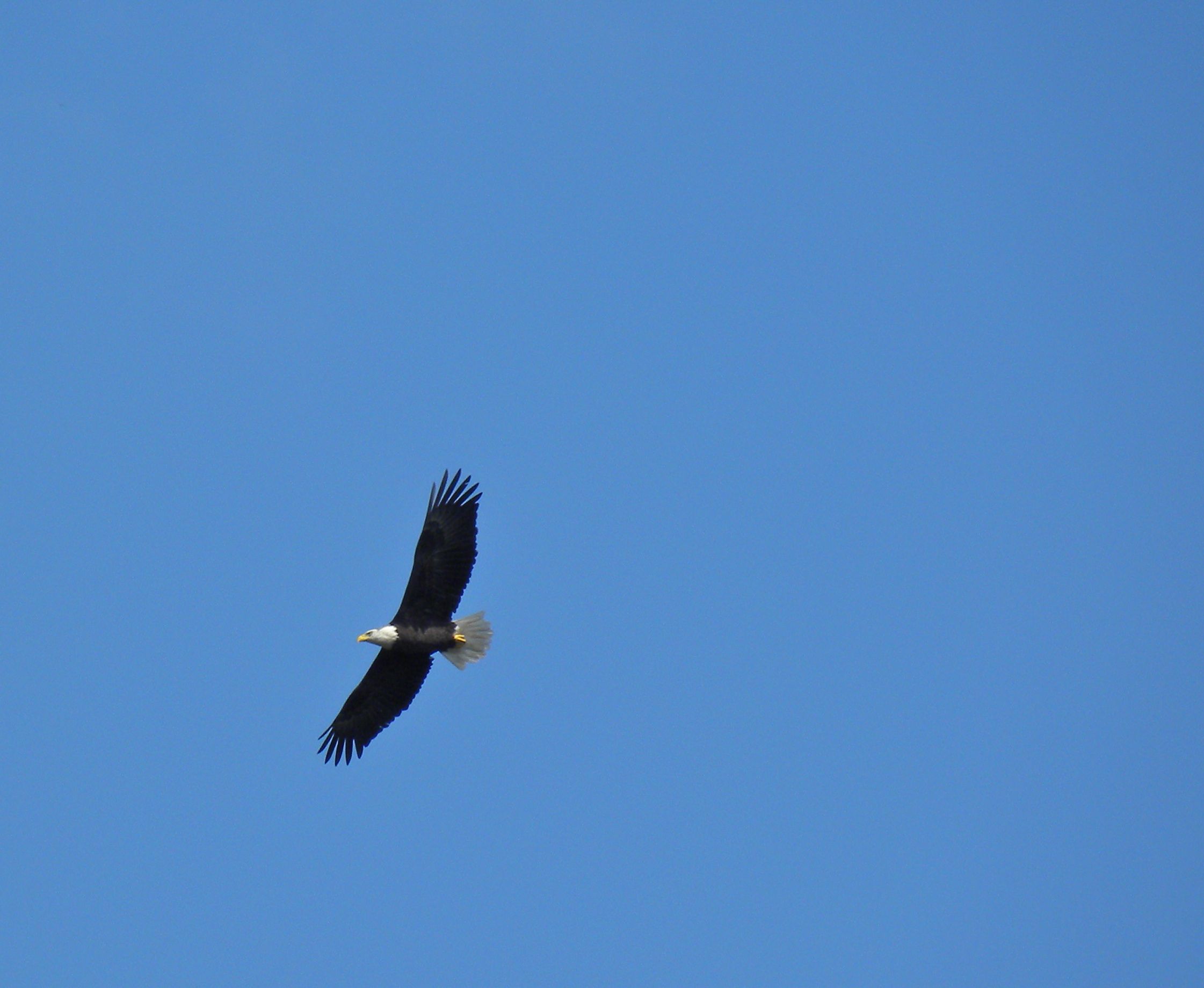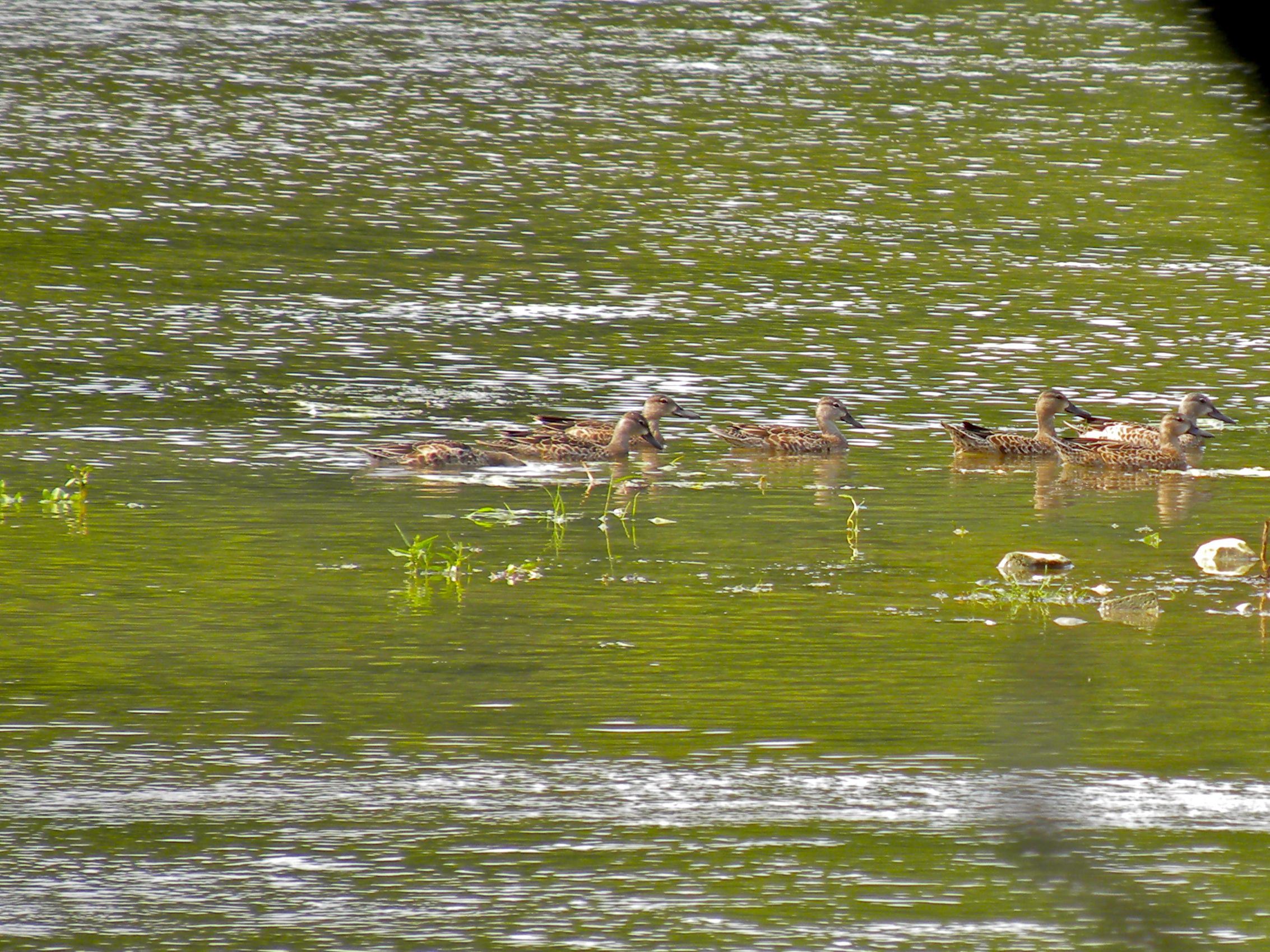September 10 2012. I live just a couple of hundred meters from the north shore of Lake Ontario, it’s a very strategic location at this time of year. Many (and there would be millions) of the fall migrants draining southwards out of the land to the east and north of the Great Lakes, find their way south blocked by Lakes Ontario and Erie, so they turn to the southwest following the shorelines until eventually they stream out of south-western Ontario into Michigan and Ohio. Anywhere along this pathway, especially along those major shorelines can produce some very busy birding days.
There are a few days in the year when Broad-winged Hawks put on a show: a week or two in mid-April and a day or two or three, in September. Today was one of them. After weeks of solid summer weather things have changed, the hot still days have given way to pure-bred September with cold starts, clear days and small cumulus clouds hanging against a blue sky. It’s this sort of change in the weather that sets the Broad-winged Hawks heading south, and they do it in massed flights.
I started the day with a beautiful morning at the bird observatory. On the daily census I found two Yellow-billed Cuckoos high in a Black Locust tree, surprised a single Carolina Wren working its way through a thicket of old grapevines, and enjoyed the identification challenges of Swainson’s and Gray-cheeked Thrushes.
Around midday I returned home to find a message that the Broad-winged Hawks were on the move. Binoculars in hand I went back outside and looked up to the undersides of puffy cumulus clouds, and after a few moments of scanning around found a group of 6 or 7 Broad-wings sailing by but moving very quickly out of sight. Minutes later a single bird picked up the lift from a nearby column of rising air, it was wheeling around and sometimes skidding sideways fighting the breeze. Seen like this you can often make out the wide tail bands and light patches at the ends of their wings and when they settle into a glide they’ll sometimes show a bow-fronted profile. Twenty minutes later, way up beyond the stretch of the naked-eye, I found a stream of perhaps 50 or 60 Broad-winged Hawks gliding along an invisible westbound highway, changing lanes and making room for merging traffic as they went.
For every Broad-winged Hawk there were perhaps a dozen large dragonflies, mostly Common Green Darners and Black Saddlebags, also migrating, but they were much lower and not quite as dreamily in flight, just skimming busily along at rooftop height.
